Buy British trees from our shop
Whether you need a screen, hedge or centrepiece, we have beautiful native trees to give your garden interest all year round. Delivery is free.
Shop trees
Content manager, botanist and tree lover
Every tree purchased from the Woodland Trust shop funds our vital work to plant and protect trees and woods across the UK.
Native trees and shrubs provide food and shelter for local wildlife and give your garden seasonal interest throughout the year. From cascades of blossom in spring to a blaze of autumn leaf colour.
If you're considering planting trees in your garden, here's our list of top native trees to explore.
Alder is very good for urban plantings as it thrives in all soils and can tolerate air pollution.
Alder has clusters of cone-like fruits that hang like baubles on bare winter trees. In spring, yellow catkins appear alongside glossy, rounded leaves.
Height: 18-25m. Good for smaller gardens.
Estimated growth rate: 60cm or more per year.
Soil and conditions: can grow in most conditions and soils, especially damp areas and along the banks of rivers. On drier soils it grows as a bush.
Why wildlife loves it: alder catkins provide an early source of nectar and pollen for bees, and the seeds are eaten by siskin, redpoll and goldfinch.
Silver birch's main attraction has to be its silvery-white bark that appears almost luminous on cold winter days.
Silver birch is a graceful, slender tree with light airy foliage and distinctive white peeling bark. Its triangular-shaped leaves turn a dazzling golden yellow in autumn, bringing striking colour to your garden.
Height: grows to around 15-20 metres, though older, mature trees can grow higher.
Estimated growth rate: 40cm per year.
Soil and conditions: silver birch prefers sandy or acidic soils although can grow in most conditions. Silver birch is a great addition to a garden when grown as a specimen tree.
Why wildlife loves it: small birds, such as long-tailed tits, siskin, greenfinches and redpolls, are attracted by the abundant seeds and insects that it hosts.
Blackthorn is traditionally associated with witchcraft... it is said that witches' wands were made using blackthorn wood.
Blackthorn is a very thorny tree and a good choice as an informal, impenetrable hedging shrub, giving you interest throughout the year.
It produces white flowers in early spring and purple-black fruits (sloes) in late summer. Pick sloes after the first frost in autumn and use them to make your own sloe gin.
Height: maximum of 6-7 metres high, and is great as a hedging plant.
Estimated growth rate: 40-60cm per year.
Soil and conditions: it grows best in moist, well-drained soil and thrives in full sunlight.
Why wildlife loves it: its flowers are a valuable source of nectar and pollen for bees in early spring. Its foliage is a food plant for the caterpillars of many moths, including the lackey, magpie, common emerald, swallow-tailed and yellow-tailed. Birds often nest among the dense, thorny thickets.
Whether you need a screen, hedge or centrepiece, we have beautiful native trees to give your garden interest all year round. Delivery is free.
Shop treesBird cherry is a tough tree that's at home among the rigours of an urban environment.
As well as its glorious flowering spikes, bird cherry is beautiful for its yellow and red autumn leaves and pretty bark.
It’s a neat tree and doesn’t produce lots of new shoots at the base. A great garden tree, but take care as this species, unchecked, can grow tall. Bird cherry is most appropriate in more northerly and upland regions.
Height: 7-25m. Good for smaller gardens.
Estimated growth rate: 20-40cm per year.
Soil and conditions: prefers limestone soils but will grow on poor soils. Needs full sun to flower.
Why wildlife loves it: its bitter red-black cherries are eaten by blackbirds, song thrushes, foraging badgers and mice.
The Latin name 'avium' refers to birds which eat the cherries as soon as they are ripe (the cherries are very bitter so not edible to us).
Wild cherry has beautiful clouds of blossom in spring and its bright summer fruits that bring a splash of vivid colour in summer. Its warm autumn leaves fade to a deep crimson, giving your garden a warm glow.
Height: 18-25 metres high.
Estimated growth rate: 20-40cm per year.
Soil and conditions: wild cherry grows best in full sunlight and fertile soil. It won’t tolerate waterlogged soil. Strong winds can quickly destroy showy spring blossom, so consider planting in a sheltered location.
Why wildlife loves it: this species makes a wonderful addition to any wildlife garden. The spring blossom in April also provides an early source of nectar and pollen which attracts a whole range of insects.
Ripe fruit in summer (earlier than many other tree and shrub fruits) is an important food for mammals and birds such as thrushes. The leaves are a larval foodplant for insects including caterpillars of moth species like bird-cherry ermine.
Crab apple wood has long been associated with love and marriage, was burned by the Celts during fertility festivals, and is referenced in A Midsummer Night's Dream and Love's Labour's Lost.
Crab apple is a wild ancestor of the cultivated apple with sweetly-scented, pink-white blossom in spring.
Use the fruits to make a rich amber-coloured crab apple jelly.
Height: maximum of 7-9 metres high, but can be kept small with pruning. Good for smaller gardens.
Estimated growth rate: 30cm per year.
Soil and conditions: prefers sun or semi-shade, will tolerate most soil types and dryness.
Why wildlife loves it: the flowers are a good source of early pollen and nectar for insects, particularly bees. Birds like fieldfare, song thrush, blackbird and redwing enjoy the fruits, as do mammals including mice, voles and badgers.
Archaeological finds have confirmed that, along with blackberries, rose hips were eaten as early as 2,000 BC.
One of the best small, native shrubs. Dog rose's scented flowers appear in May and June and range in colour from pale pink (almost white) to deep pink.
They are followed by orange-red hips which hang on its arching, thorny branches into winter. Plant it alongside other shrubs or as part of a hedge.
Height: 1-5 metres high. Good for smaller gardens.
Estimated growth rate: 40-60cm per year.
Soil and conditions: grow in full sun with moderately fertile, moist but well-drained soil. For best flowering apply a balanced fertiliser and mulch in late winter or early spring. It can tolerate poor soil.
Why wildlife loves it: dog rose flowers are an important nectar source for insects and its fruits are eaten by birds such as blackbirds, redwings and waxwings.
Grow for its eye-catching red stems that dazzle in late autumn and winter.
Grow this plant for its shimmering crimson and orange winter stems. In spring it has creamy, white flowers and in autumn its leaves turn red.
Dogwood generally grows well (and looks great) in front of an evergreen hedge where nutrients, water and sunlight are in short supply for other species.
Height: mature trees can grow to 10 metres high but can be pruned to retain shape and size. Good for smaller gardens.
Estimated growth rate: 3-60cm per year.
Soil and conditions: very hardy and grows well in sun or partial shade in a range of soils.
Why wildlife loves it: its leaves are eaten by the caterpillars of some moths, including the case-bearer moth. The flowers are visited by insects and the berries are eaten by many mammals and birds.
It was once thought that if you burned elder wood you would see the devil, but if you planted elder by your house it would keep the devil away.
Elder is a small tree, popular for gardens. Many cultivated varieties exist with different coloured foliage and flowers - some of them are pale pink with deep purple-red foliage.
In early summer you can use the fragrant flowers to make elderflower cordial, and in late summer the berries make a dark syrup to ward off colds.
Height: a small tree that grows to 10 metres and higher, but can be kept down with pruning.
Estimated growth rate: 30-60cm per year.
Soil and conditions: grows everywhere except on sands and prefers rich fertilised soils.
Why wildlife loves it: the flowers provide nectar for insects and the berries are eaten by birds and mammals. Small mammals such as bank voles eat both the berries and the flowers. Many moth caterpillars feed on elder foliage, including the white spotted pug, swallowtail, dot moth and buff ermine.
Hawthorn is most used as a pretty hedgerow plant.
Hawthorn is an amazing tree for wildlife gardens and can be planted as a hedge or single tree. It has beautiful creamy-white (or pink-tinged) blossom in May and ruby-red berries, called haws, in summer. The appearance of the May blossom was the herald of the end of winter and the beginning of summer.
Height: if not pruned, single, mature trees can grow up to 15 metres high.
Estimated growth rate: 40-60cm per year.
Soil and conditions: it will grow in most soils, but flowers and fruits best in full sun.
Why wildlife loves it: this species is fantastic for wildlife and can support more than 300 species of insect. Its flowers are eaten by dormice and provide nectar and pollen for bees and other pollinating insects. The haws are rich in antioxidants and are eaten by many migrating birds such as redwings.
Hazel is also known as cobnut or filbert.
In spring, hazel is laden with lovely 'lambs tail' catkins and in autumn it produces delicious nuts popular with people and wildlife. This responds well to close pruning. Hazel also has a reputation as a magical tree that provides protection.
Height: can grow to 10 metres high or more, but its height can be easily controlled from tall tree to smaller shrub by pruning.
Estimated growth rate: 40-60cm per year.
Soil and conditions: a shade-tolerant tree for non-acid well-drained to moist soils. Can be planted as part of a native hedgerow.
Why wildlife loves it: this tree is associated with the hazel dormouse, which eats the caterpillars it finds on the leaves and the nuts to fatten up for winter. Hazelnuts are also eaten by woodpeckers, nuthatches, jays and native mammals such as red squirrel, wood mouse and bank vole.
Holly is one of the best-loved of all trees and brings cheer at the darkest time of the year.
Holly is a small, distinctive, easy-to-grow tree that suits any sized garden. Holly has tough, glossy, dark green, spiny leaves.
Female trees have clusters of scarlet red berries that are ripe from October onwards that often stay on the bush throughout the winter. Use its glossy-leaved, red-berried branches to decorate your home in winter.
Average height: grows up to 15 metres tall, but can be kept smaller with pruning. Good for smaller gardens.
Estimated growth rate: 10-15cm per year.
Soil and conditions: tolerates most soils and situations including deep shade.
Why wildlife loves it: holly provides birds, such as mistle thrush, with food and shelter from winter storms and predators. It is also one of the main food plants for the holly blue butterfly caterpillar. Its deep, dry leaf litter beneath the tree may be used by toads, hedgehogs and small mammals for hibernation.
Rowan is a wildlife magnet and one of the prettiest native trees for every season.
Rowan has silvery-brown bark and fern-like leaves which turn a lovely burnt red in autumn. In spring you’ll find clusters of creamy-white flowers followed by vibrant, orange-red berries in autumn.
Don’t be fooled by its delicate appearance – rowan can grow at altitude hence its other common name, mountain ash. Its bitter, raw berries are rich in vitamin C and can be made into a delicious jelly for meats and cheeses.
Height: grow to a maximum height of 8-15 metres. Don’t worry if you don’t have a large garden - rowan is very slim and makes a perfect specimen tree. You’ll often see it planted in streets and parks.
Estimated growth rate: 20-40cm per year.
Soil and conditions: a hardy species and will grow in most soils but prefers light, well-drained and humus-rich soil.
Why wildlife loves it: the flowers are a pollen and nectar source for bees and other pollinating insects, while the berries are eaten by birds, especially blackbird, thrushes, redstart and redwing.
A small, tough tree that grows quickly so is great for areas that need rapid greening.
Goat willow's familiar 'pussy willow' is so-called because of the silky, grey male catkins that resemble a cat’s paw. It’s a great tree for the garden and, unlike other willows, it has broad leaves rather than narrow ones.
Its soft catkins appear in early spring and are one of the earliest food sources for early emerging bees. It’s useful to you too - you can decorate your home with sprays of pussy willow at Easter.
Height: 6-10 metres, but cut often to retain size and shape. Good for smaller gardens.
Estimated growth rate: 40-50cm per year.
Soil and conditions: goat willow is often found growing in woodland, hedgerows and scrub, and on damper, more open ground such as near lakes, streams and canals. It can tolerate most soil types including moist and well-drained.
Why wildlife loves it: the leaves are eaten by caterpillars of several moths including the sallow kitten, sallow clearwing, dusky clearwing and lunar hornet clearwing. It is also the main food plant for the purple emperor butterfly.

Whether you need a screen, hedge or centrepiece, we have beautiful native trees to give your garden interest all year round. Delivery is free.
Shop trees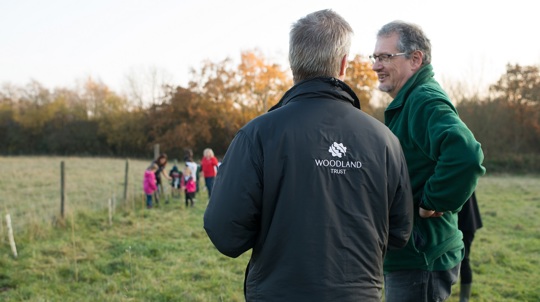
Plant trees
Thinking of planting trees, but need some help? Explore advice on choosing the right tree species, location, how to plant and aftercare.
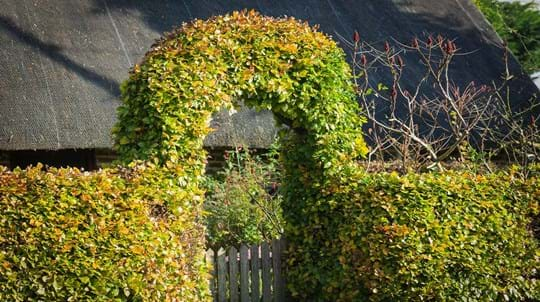
Blog
Helen Keating • 23 May 2023
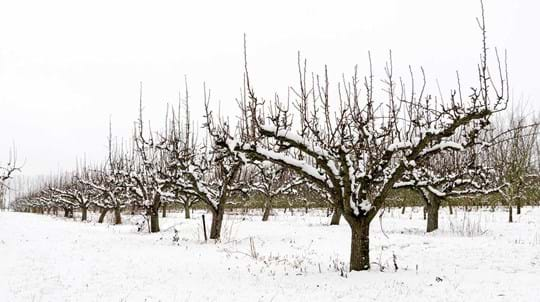
Blog
Helen Keating • 22 Dec 2017
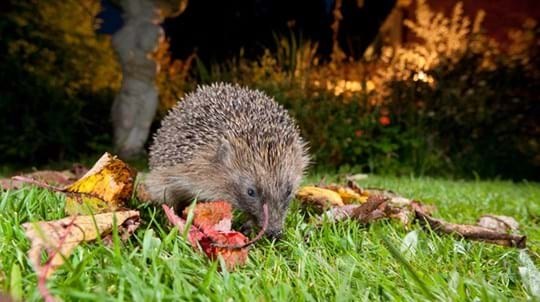
Blog
Charlie Mellor • 26 Jun 2020
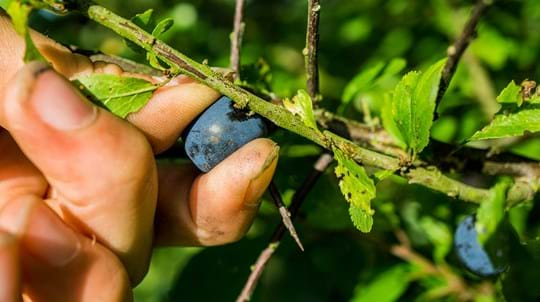
Blog
Helen Keating • 15 Sep 2020
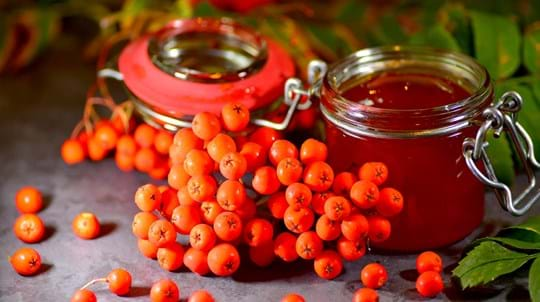
Blog
Helen Keating • 13 Aug 2018
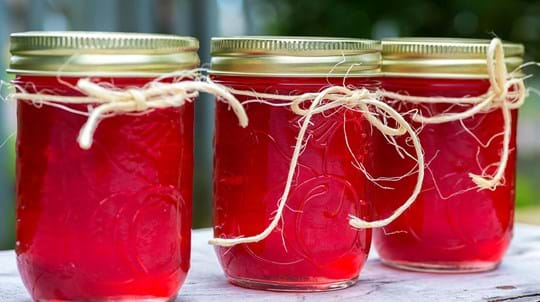
Blog
Helen Keating • 24 Oct 2018
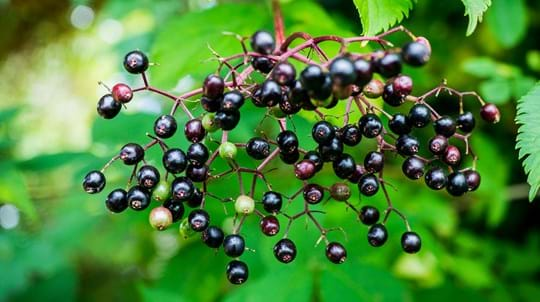
Blog
Helen Keating • 28 Sep 2022
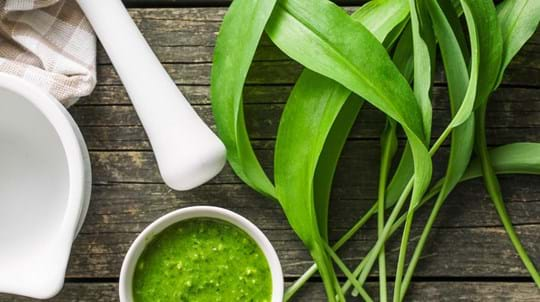
Visiting woods
Our favourite foraging recipes using wild harvested plants from the British countryside.